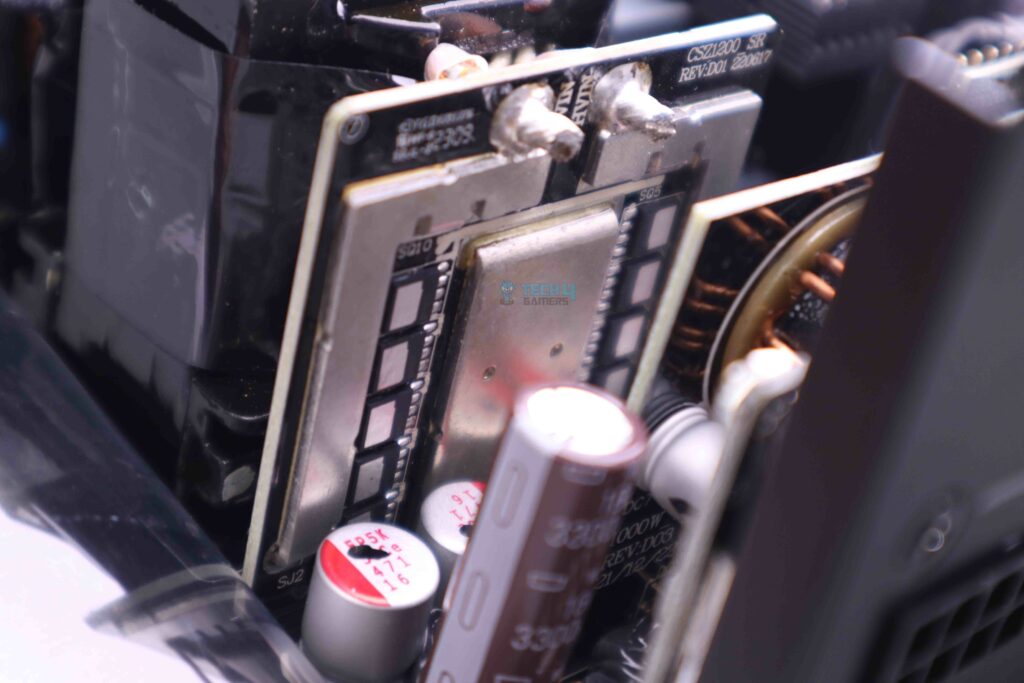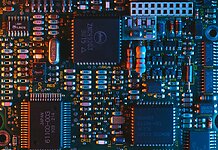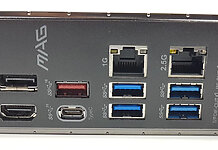PSUs are the unsung heroes among other PC hardware components. The “Rails” are a concept in PSU design that significantly impacts your rig’s stability. Let’s discuss, what these are, their importance, and the difference between a single-rail and a multi-rail PSU.
Key Takeaways
- The PSU rails are the pathways within the power supply units that carry the specific voltages such as +12V, +5V, and +3.3V.
- In a single-rail PSU, all the power is added up to a single +12V rail, while in the multi-rail PSU, power is divided into multiple independent rails for each PC component.
- Multi-rail PSUs are suitable for high-performing workstations while single rails are for gaming PC users or overclockers.
What Are PSU Rails?
The PSU rails are the pathways, within the power supply that carry the specific voltages. The most common PSU rails are +12V, +5V, and +3.3V[1].
Each of these rails powers different components of your PC[2]. For example, the +12V rail primarily powers power-intensive components like central and graphics processing units. At the same time, the other rails power the motherboard and other peripherals[2].

Single Rail Vs Multiple Rail PSU
PSUs can be categorized into two main types based on their rail configuration. Single Rails and Multi Rails.
- Single Rail: A single-rail PSU adds all its power output to a single +12V rail. These PSUs have simplified designs and are usually cost-effective. However, testing the voltage regulation under varying loads is crucial during overclocking[3]. Modern components are more power-hungry, so a power supply must handle dynamic power more efficiently.
- Multi-Rail: A multi-rail PSU divides its +12V output into multiple independent rails. Each rail has its own dedicated output, which enhances stability by stopping a single component from consuming more power than others[4]. Multi-rail PSUs are more often preferred for high-performing rigs or workstations. This ensures that all components get the power required to perform optimally.
While the debate between single-rail and multi-rail PSUs continues, testing them to find the best fit for your preferences and needs is important. You can check our in-depth guide and testing on Single Rail vs. Multiple Rail PSU for more information.
Helpful Resources By Tech4Gamers:
References:
- X-bit labs – Print version. (n.d.). https://www.casa.co.nz/computers/PSU/X-bit%20labs%20-%20Print%20version.htm
- Purposes of a Power Supply | Complete CompTIA A+ Guide to PCs: Disassembly and Power | Pearson IT Certification. (n.d.). https://www.pearsonitcertification.com/articles/article.aspx?p=2024310&seqNum=17
- Overclocking Recommendations – 2.01 – ID:336521 | ATX Version 3.0 Multi Rail Desktop Platform Power Supply. (n.d.). https://edc.intel.com/content/www/pl/pl/design/ipla/software-development-platforms/client/platforms/alder-lake-desktop/atx-version-3-0-multi-rail-desktop-platform-power-supply-design-guide/2.0/2.01/overclocking-recommendations/
- Single-rail PSUs, Multiple-rail PSUs, and Safety: It’s Serious Business. (2011, April 18). Corsair Community. https://forum.corsair.com/blog/power-supply-units/single-rail-psus-multiple-rail-psus-and-safety-it-serious-business/
Frequently Asked Questions
The rails are actually the individual voltage-carrying pathways within the power supply units.
It really depends on the situation. But if you’re a typical PC gamer or an over-locker, a single-rail PSU might be a better option for you.
The simplest way to check if a PSU is a single or multi-rail is to check its label or the number of EPS/PCIe cables. If it has only one EPS/PCIe cabe, it’s likely to be a single rail.
Thank you! Please share your positive feedback. 🔋
How could we improve this post? Please Help us. 😔
[Errors Troubleshooting Expert]
Arsalan Shakil (aka GuyThatDoesEverything on YouTube) is a PC Tech Enthusiast and Electronic Geek. With over 10+ years of experience in Electronics, he then decided to explore Software Engineering to design embedded products and automate existing hardware solutions.
When he started tearing down old cameras to understand how they worked, he was shocked (literally, when he got zapped by a flash discharge capacitor), giving him the power (debatable) to fall in love with videography/photography. He also started making some fun videos that later became YouTube tech reviews.
Skills:
- 10+ years of experience in Electronics design, embedded solutions, and prototyping
- Majored in Software Engineering
- Research paper publication in IEEE for Embedded Military Uniform & LoRa WAN wireless technology
- Specialized in IoT Solutions
- PC Enthusiast & PC Modder
In his local region, he’s known to expose cheap PSU brands, often claiming fake certification or false claims on the box. He’s a true nerd and needed some friends in his life. Then he met some guys who work at Tech4Gamers, and they also came out to be equal nerds who suggested he join Tech4Gamers as a Hardware Expert.


 Threads
Threads

![Does Overclocking RAM Increase FPS? [Explained] Does overclocking RAM increase FPS](https://tech4gamers.com/wp-content/uploads/2023/09/HOW-TO-14-218x150.jpg)

![What Are Fan Bearings? [Sleeve, Ball & Fluid] Fan Bearings](https://tech4gamers.com/wp-content/uploads/2023/08/HOW-TO-3-1-218x150.jpg)